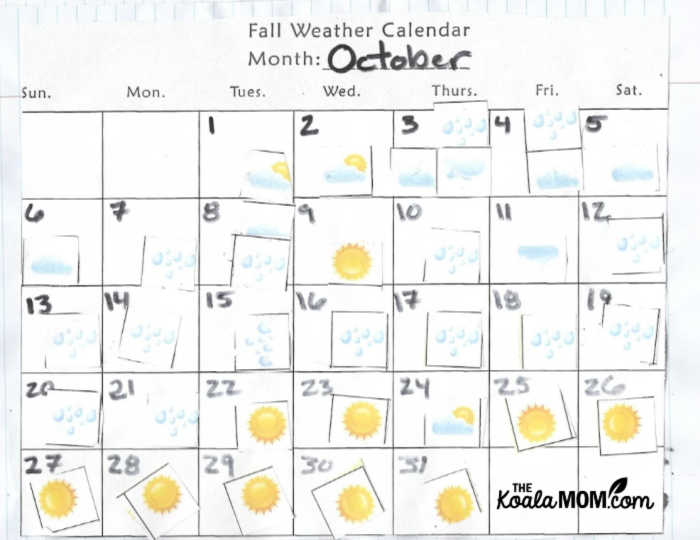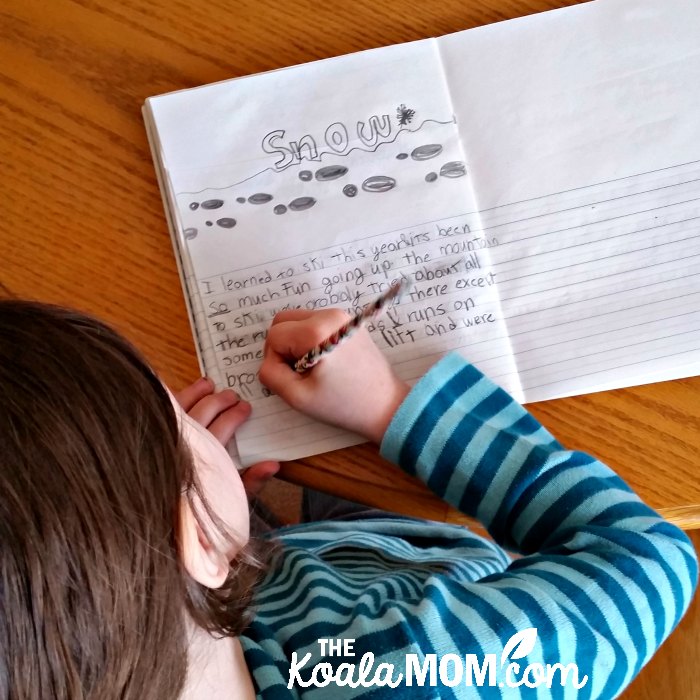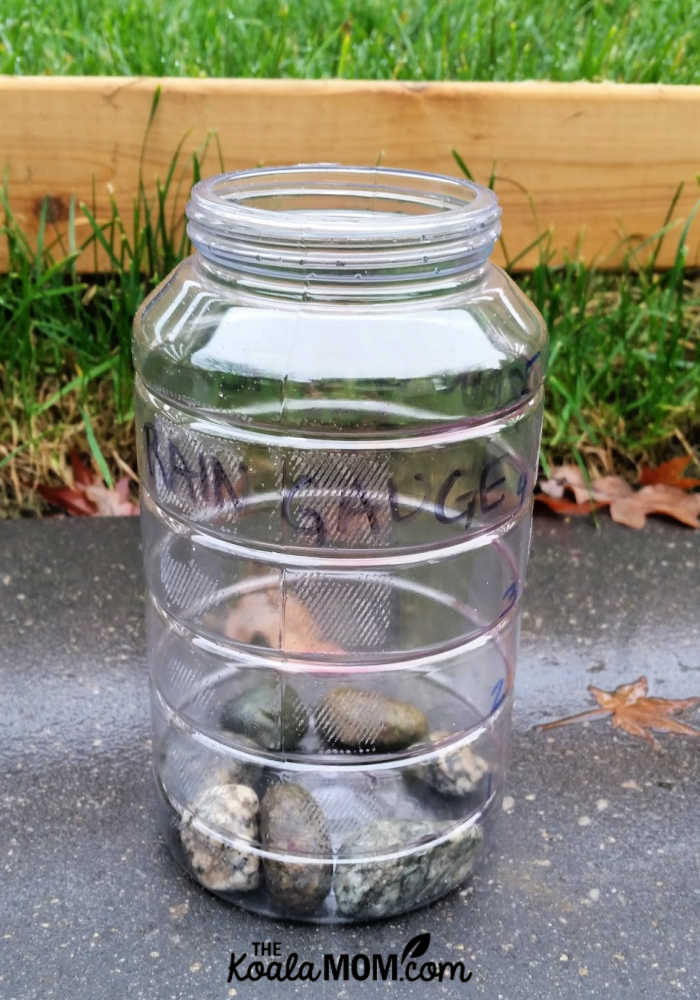Weather can be fascinating to children (as well as to adults). It changes frequently, affects our daily lives, and is easy to observe. Finding out more about what affects the weather and how the climate works is excellent educational experience. Here are some tips and resources for teaching children about weather and climate.

This post contains affiliate links; as an Amazon associate, I earn from qualifying purchases.
If you have young children, weather provides many excellent learning opportunities. We can learn with them about our climate and the world around us and so much more. For example, as they learn about the weather, kids also learn about measurement, observation, recording data, interpreting data, and more.
Here are three steps you can take to teach your children about the weather and the climate. It can really help to get them involved in weather monitoring and understand the important role the weather plays in our everyday lives.
Start a Weather Journal
Teaching children about weather can be as simple as starting a weather journal with them to record the different weather you experience where you live. All you need is a pen and paper or simple notebook. Each day, your child can add the date to the page, then write (or draw) what they observe about the weather.
Place a thermometer outside in a easily visible place. Look for a thermometer with big, clear numbers. Kids in Kindergarten and up can start to learn to read the thermometer and record the temperature each day.
For preschool children, print a blank calendar and have them draw a daily weather symbol on the calendar. That makes it easy to see at a glance what the weather has been like for the month.
Another idea is to record the weather forecast and see how accurate it is in predicting the weather you experience.
Use your child’s records to show how the seasons change incrementally each day as fall gives way to winter and on to spring and summer. A journal also gives your child an opportunity to be creative and decorate their journal. Plus, it gives you a keepsake to hold on to as they get older.
Your child could also make a simple rain gauge, like Jade did in our recent STEAM Unit Study on Weather. We’ve had fun seeing how much rain collects in the rain gauge on rainy days (it’s more than I expected!). Older kids may want a more accurate rain gauge. Put it close to your thermometer for easy data collection.
Track Weather Events Online or on TV
The weather is quite repetitive in some parts of the world (here in Vancouver, it can rain for a week solid). You may be thankful you don’t experience hurricanes and snowstorms in your area, but these weather events can be very educational for kids to monitor.
Use the television and the internet to watch extreme weather events across the world and show your children the power of the weather. Hurricane season can be very educational. It shows your children the power weather has over our lives, and how the weather and climate can affect whole towns and cities.
Climate is the average weather usually taken over a 30-year time period for a particular region and time period. Climate is not the same as weather, but rather, it is the average pattern of weather for a particular region. Weather describes the short-term state of the atmosphere. ~ Weather WizKids
If your kids want to know more about the weather they’re observing or watching on TV, try some weather experiments at home. For younger children, you’ll want to do the experiment as a demo for your kids; older children can likely do the experiments on their own (and write down what happened in their journals!). These little demos can help them understand the big weather happening in other parts of the world.

DK Books also has some great encyclopedias for teaching children about weather, climate, and the earth. With bright pictures and fun facts, these books will help your children deepen their interest in the weather as a global phenomenon.
Use a Home Weather Station
A home weather station is a great instrument for teaching children about weather. It can take your child’s weather journal to the next level.
Kids can track and record temperature, humidity, rainfall, and wind measurements with their personal weather station. This useful resource has a list of some of the best home weather stations available to help you to educate your children about weather and climate. The information on air pressure, wind speed, and wind direction will give your kids lots to monitor and record and can help them to identify weather patterns.
The weather outside may “look” different than it actually is. In October, my kids usually assume that if it’s sunny outside, they don’t need their coats. A weather station could help kids compare what they observe with other data about the weather. For example, humidity and air pressure can’t be “observed” without specific instruments.
Weather is incredibly interesting and influences our daily lives more than you may think. We often have to “dress for the weather” and wrap ourselves up in the cold winter or wear waterproof coats and boots in the rainy seasons.
Recording and monitoring the weather with your child is a great way to add to their education at home and give you an activity to join in with them.
Older children may also want to consider career options related to the weather! My brother is currently a meteorologist with the Canadian Forces. It’s his job to daily read and record data about the weather. If your child enjoys collecting and analyzing data but doesn’t want to be a storm chaser, help them look for other careers they may enjoy. It’s never too early to set some educational goals!
Do you and your children enjoy learning about the weather?



No Responses Yet